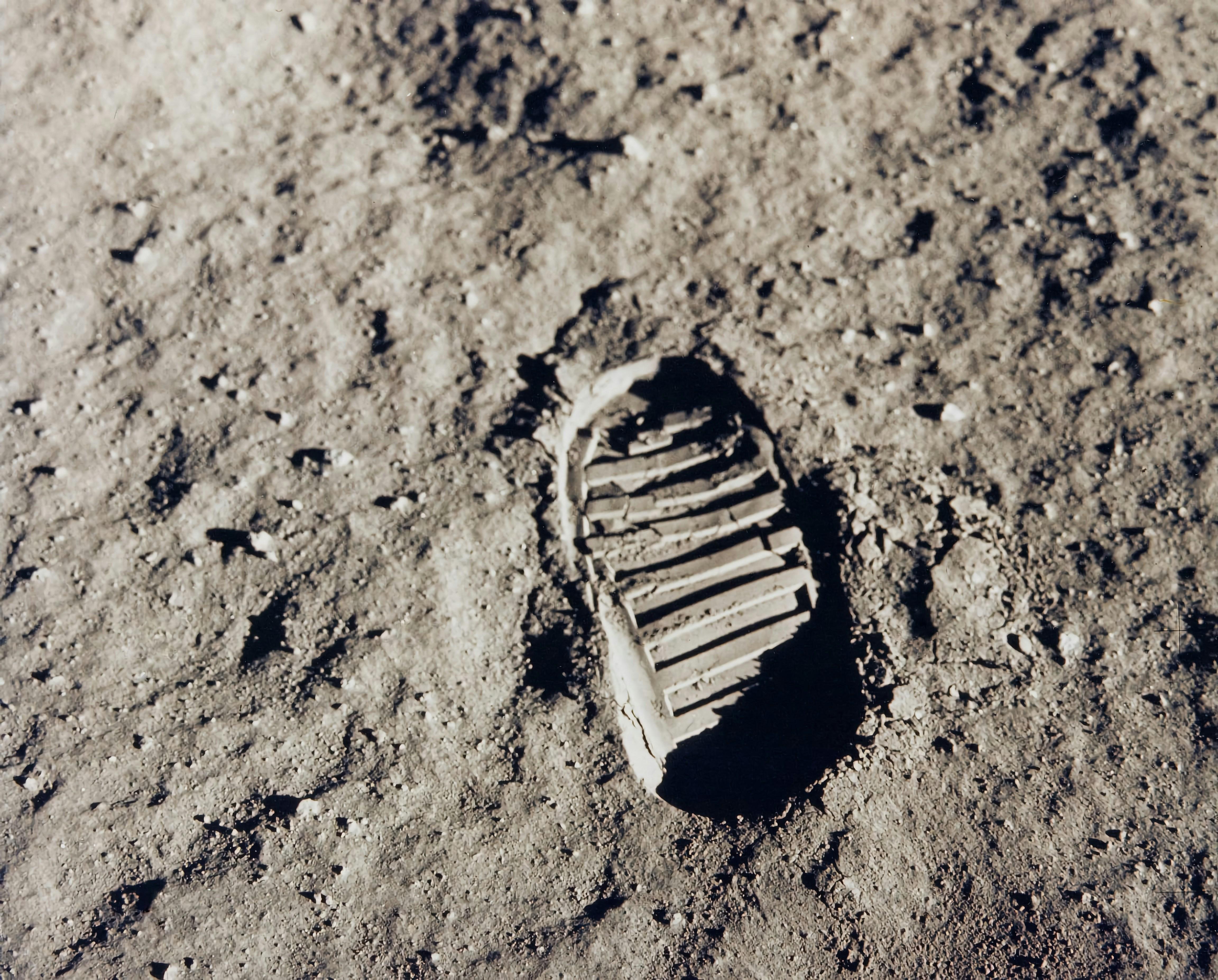In the realm of contemporary cinema, few films have captured the intricate dance of identity and self-discovery with the poignancy and depth of Barry Jenkins’ ”Moonlight.” This critically acclaimed masterpiece transcends traditional storytelling, offering a raw and unflinching exploration of what it means to find oneself amidst the turbulence of external expectations and internal struggles. Through its tripartite narrative structure, “Moonlight” delves into the life of its protagonist, Chiron, navigating the complexities of race, sexuality, and personal growth. With a deft blend of visual poetry and narrative precision, Jenkins invites viewers to journey alongside Chiron as he grapples with the fluidity of identity in a world that often demands rigid definitions. This article aims to dissect the film’s thematic exploration of identity and self-discovery, highlighting how “Moonlight” not only reflects the universal quest for self-acceptance but also challenges audiences to reconsider their own understandings of these deeply personal journeys.
Exploring the Intersection of Identity and Environment in Moonlight
In Barry Jenkins’ Moonlight, the nuanced portrayal of identity is intricately woven into the fabric of its narrative, creating a profound exploration of self-discovery against the backdrop of a challenging environment. The film masterfully uses its Miami setting not just as a physical space, but as a character in itself, influencing the protagonist’s journey towards understanding who he is. This intersection of identity and environment is most apparent through the three distinct acts of the film, each representing a critical phase in Chiron’s life. His struggle for identity is mirrored by the ever-present, often harsh reality of his surroundings—be it the oppressive atmosphere of his home, the unforgiving streets, or the schoolyard where he faces relentless bullying.
The exploration of identity is further emphasized through the film’s visual and auditory elements. Jenkins uses color palettes and music to reflect Chiron’s inner world, as well as the influence of his environment on his sense of self. Key elements that highlight this intersection include:
- Color symbolism: The use of blue hues represents both the serenity Chiron seeks and the melancholic isolation he often feels.
- Soundscapes: The juxtaposition of classical music with urban sounds underscores the tension between Chiron’s internal aspirations and external realities.
- Symbolic spaces: Settings like the beach serve as sanctuaries where Chiron can momentarily escape societal constraints and explore his true identity.
By delving into these complex layers, Moonlight not only tells a deeply personal story but also invites audiences to reflect on how environments shape—and sometimes constrain—the identities we forge.
The Role of Chirons Relationships in Shaping Self-Discovery
Chiron’s journey in “Moonlight” is profoundly influenced by his relationships, which serve as catalysts for his evolving self-awareness and identity formation. Throughout the film, these connections underscore the complexity of his emotional landscape and the nuances of his personal growth. Juan, the father figure Chiron desperately needs, provides him with a rare sense of stability and acceptance. This relationship not only offers Chiron a glimpse of unconditional love but also challenges him to confront his own vulnerabilities and fears. Teresa, Juan’s partner, extends this nurturing environment, becoming a sanctuary for Chiron, where he learns to trust and express himself without judgment.
- Friendship with Kevin: This bond is pivotal, as it introduces Chiron to the intricacies of love and betrayal. Kevin represents both solace and conflict, a duality that propels Chiron to explore the depths of his identity.
- Mother’s Influence: Chiron’s tumultuous relationship with his mother, Paula, highlights the struggle between longing for maternal approval and the harsh reality of neglect. This dynamic compels Chiron to seek validation and understanding elsewhere, shaping his quest for self-discovery.
These relationships are not mere backdrops but are integral to Chiron’s narrative, each playing a significant role in his quest for identity. Through these connections, “Moonlight” masterfully illustrates the profound impact that personal relationships have on self-discovery, revealing how the people we allow into our lives can either illuminate our path or cast shadows over our journey.
Cinematic Techniques that Illuminate Personal Growth in Moonlight
Barry Jenkins’ Moonlight employs a tapestry of cinematic techniques to vividly portray the protagonist’s journey of self-discovery. Through the lens of Chiron’s life, the film uses visual storytelling to encapsulate the nuances of identity and growth. One notable technique is the strategic use of color palettes that shift with each chapter of Chiron’s life. The blue hues, for instance, symbolize vulnerability and introspection, inviting viewers into the emotional landscape of the character. This deliberate color choice serves not only as a mood setter but also as a metaphor for the fluidity of identity.
- Close-ups: These intimate shots emphasize Chiron’s internal struggle, capturing fleeting expressions that reveal his evolving self-awareness.
- Sound Design: Subtle ambient sounds and a haunting score underscore moments of realization and acceptance, enhancing the emotional depth of the narrative.
- Lighting: Contrasts between shadow and light mirror Chiron’s journey from confusion to clarity, highlighting the transformative phases of his life.
Each of these techniques meticulously illuminates Chiron’s personal growth, crafting a cinematic experience that resonates with authenticity and emotional truth. By weaving these elements together, Jenkins not only tells a story of self-discovery but also invites audiences to reflect on the complexities of identity formation.

Recommendations for Viewing Moonlight Through a Lens of Identity Exploration
To fully appreciate the nuanced portrayal of identity and self-discovery in Moonlight, consider these viewing strategies:
- Focus on Character Development: Pay attention to Chiron’s evolution through the film’s triptych structure. Observe how his interactions and relationships shape his sense of self across different stages of his life.
- Examine Visual Storytelling: Notice how the cinematography and color palette reflect Chiron’s internal struggles. The use of light and shadow often mirrors his journey toward self-acceptance.
- Analyze Dialogue and Silence: Listen to the subtleties in conversations and the powerful use of silence. These elements often reveal more about Chiron’s internal conflicts and his quest for identity.
- Reflect on Symbolism: Identify recurring motifs and symbols, such as water, which signify cleansing and rebirth, crucial to Chiron’s path of self-discovery.
- Consider Cultural Context: Understand the socio-economic and cultural backdrop that influences the characters’ lives. This perspective enhances the depth of identity exploration depicted in the film.
By engaging with Moonlight through these lenses, viewers can gain a deeper understanding of how the film intricately weaves themes of identity and self-discovery into its narrative fabric.








